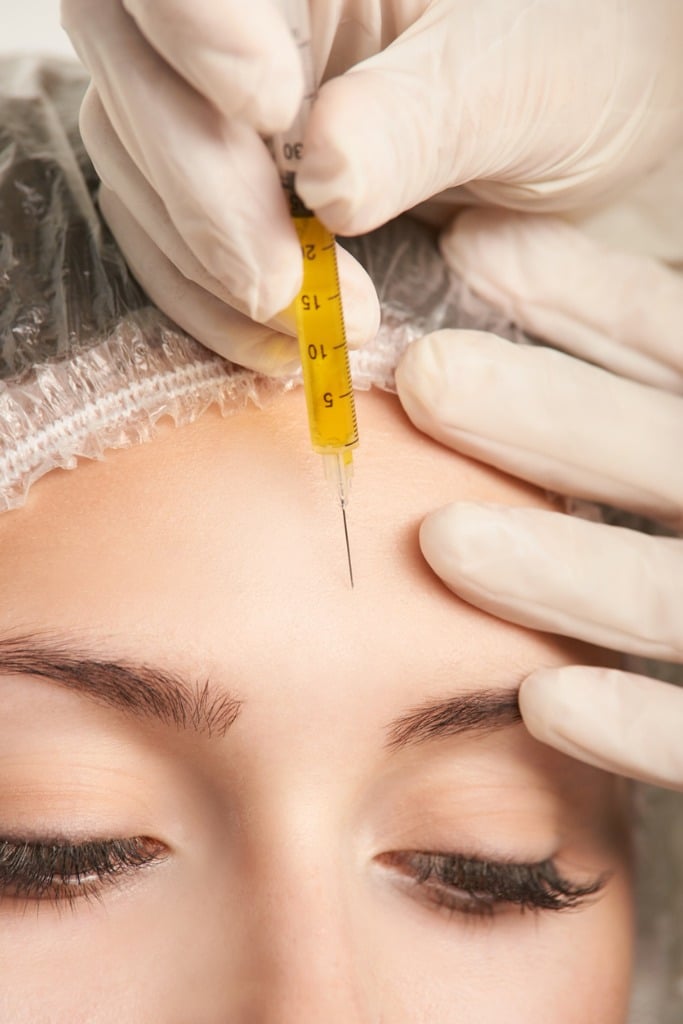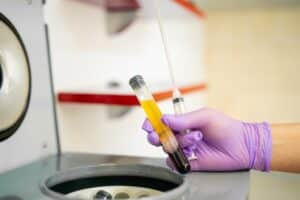What is Regenerative Medicine?
The word regeneration is derived from the Latin word regenerates which means ‘created again.’ The earliest known use as an adjective is from the fourteenth century.
When injured or invaded by disease, our bodies have the innate response to heal and defend. What if it was possible to harness the power of the body to heal and then accelerate it in a clinically relevant way? What if we could help the body heal better? This is the exciting and rapidly evolving field of Regenerative Medicine. Regenerative medicine is a discipline that deals directly with the cells and mechanisms to repair or restore.
Regenerative medicine is working to restore the structure and function of damaged tissues and organs. It is also working to create solutions for organs that become permanently damaged. The goal of this medicine is to find a way to cure previously untreatable injuries and diseases.
What Is a Stem Cell?
Of the hundred trillion cells that make up the human body, stem cells are the most important category. They are among the few cells in the body that are specialized and have the potential to become a particular cell type and replace worn and damaged cells.
A large number of stem cells exist in adipose or fat tissue. When stem cells are transplanted with fat in the different parts of their body, the majority of them grown and exist in these new areas helping to form new tissue at the transplanted site. By using the regenerative properties of stem cells along with transplanted fat, a marked improvement of survival of these tissues occurs.
The question is, how to find and concentrate these cells and then put them where they are needed, with the assistance to do what we hope and expect them to do. Plastic surgeons have been and continue to be at the forefront of this innovative revolution in medicine. Stem cells are found in many tissues, but the highest concentration is in fat. The harvest of fat through liposuction is one of the most common procedures performed for aesthetic purposes. The harvested fat is literally liquid gold, full of stem cells that can be concentrated, re-injected and activated to both restore and rejuvenate
Common Procedures Using Regenerative Medicine
At West End Plastic Surgery, we are using a combination of PRP and Amnion as an adjunct to ablative laser treatments, J-Plasma resurfacing, and wound treatments. We are using PRP with Microneedling for cosmetic facial procedures, PRP to stimulate hair regrowth, and Amnion to promote wound healing.

What is PRP?
This area of medicine does not stop at the fat-derived stem cells. PRP is a natural product created from your own body. A small amount of blood is drawn from you and placed in a sterile tube that is spun down in a centrifuge to separate the different components of the blood. Red and white blood cells are divided from the platelets and the plasma (the clear fluid). This plasma now contains a higher than normal number of platelets and is called platelet-rich protein.
Platelets are the cells in the blood that help tissue to heal and grow cells. The PRP injected into specific areas of the skin, act as a matrix that promotes your own collagen to grow, regenerate tissue, and thus acts as to naturally smooth and tighten the skin.
Whether PRP is introduced into irregular scars or thin, volume-depleted skin of the face, the ability to actively modify tissue and return it to a more normal or youthful state is quite remarkable and real. In this way, PRP softens wrinkles and creates smoother skin texture and tone.
PRP is commonly used as a stand-alone procedure, in conjunction with microneedling and lasers, or during surgery to improve healing and recovery. PRP is also used to promote healing after ablative laser treatments and J-Plasma resurfacing treatments. For those with thinning hair, these growth factors can help stimulate the activity of the hair follicles and promote new hair growth.
What Is Amnion?
Have you ever wondered why babies who undergo fetal surgery heal without scars? The protective properties of the amniotic environment signal the fetal cells to behave in distinct ways that result in scarless healing. Recently, the ability to capture and isolate these signaling molecules became possible. This ushered in a new facet of regenerative capability.
The amniotic membrane surrounds and protects the developing fetus in utero and separates mother and fetus. If you were to look closely at the amniotic membrane, you would be able to notice that the membrane is comprised of several layers. The amnion layer of the membrane, or fetal side, has a layer of epithelial cells which can easily be removed with simple cell scraping, revealing a see-through underlying layer.
If you looked at the amniotic membrane under a microscope, you would be able to appreciate three different types of material: collagen and extracellular matrix, biologically active cells and regenerative molecules. The extracellular matrix provides structure and contains a number of specialized proteins. Several types of collagen add structural strength to the membrane. The biologically active cells include stem cells, which function to regenerate new cellular materials within the lining of the membrane. Fibroblasts help to strengthen the tissue, and epithelial cells aid in the healing process via receptors on the cell surface. Regenerative molecules, which are important for growth and healing, are present in the amniotic membrane as well.
These include numerous types of growth factors such as fibroblast growth factors, platelet-derived growth factors, metalloproteinases and others. There are also a number of other specialized molecules, such as defensins which protect against bacterial infection.
How Amnion Is Used
Amnion is commonly used in specialties such as ophthalmology for healing of the eye surface. When amnion is applied to damaged skin, such as after laser or plasma resurfacing, the reduction in inflammation and rapid healing dramatically shortens the recovery time. It also likely reduces the risk of unexpected healing complications. Prolonged or irregular healing is a frequent deterrent for those interested in cosmetic procedure. Regenerative medicine is moving towards removing those barriers by improving safety, shortening recovery and consistently providing more consistent results.
Schedule A Consultation
To learn more about how we use regenerative medicine, contact West End Plastic Surgery or call us at 202.750.5189 to schedule a consultation. Our practice serves Washington, D.C. and surrounding areas.

